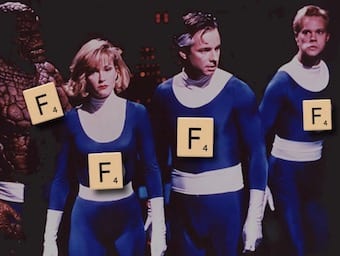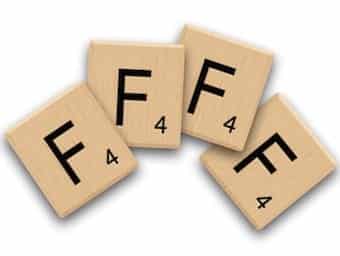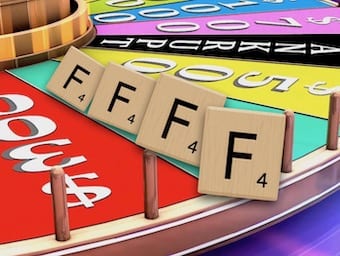The Mystery of Chronic Pain
We often look at chronic pain patients in the emergency department as the bain of our existence. These patients patients will often challenge, confront and test all of our diagnostic and empathetic capabilities. But is it time for a better understanding and outlook at this…








